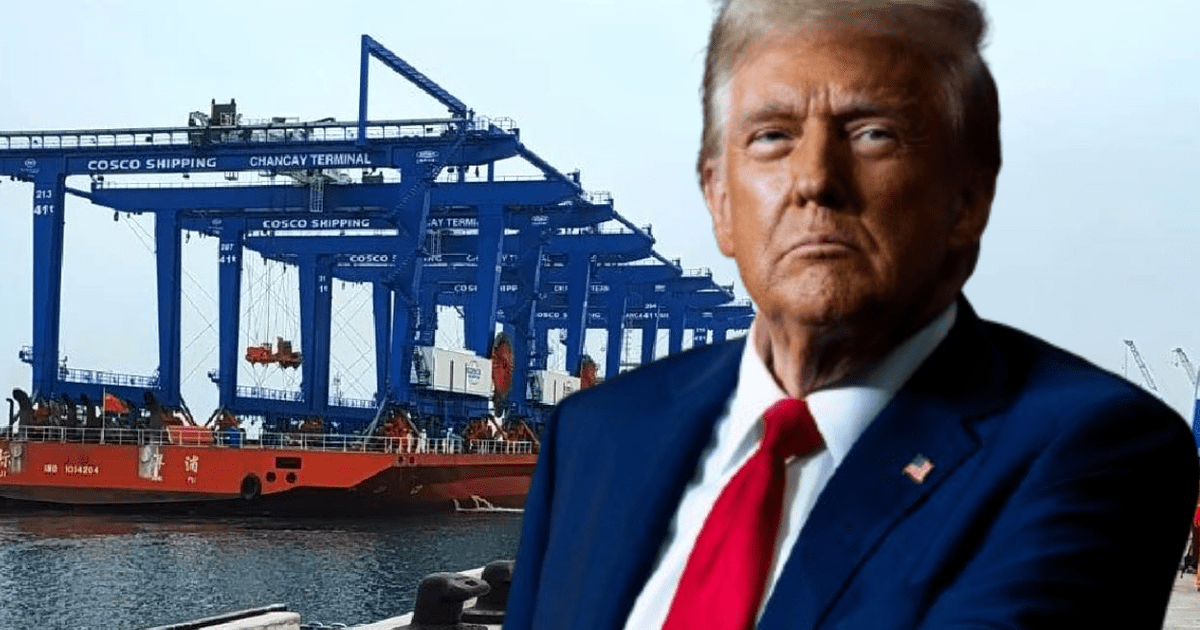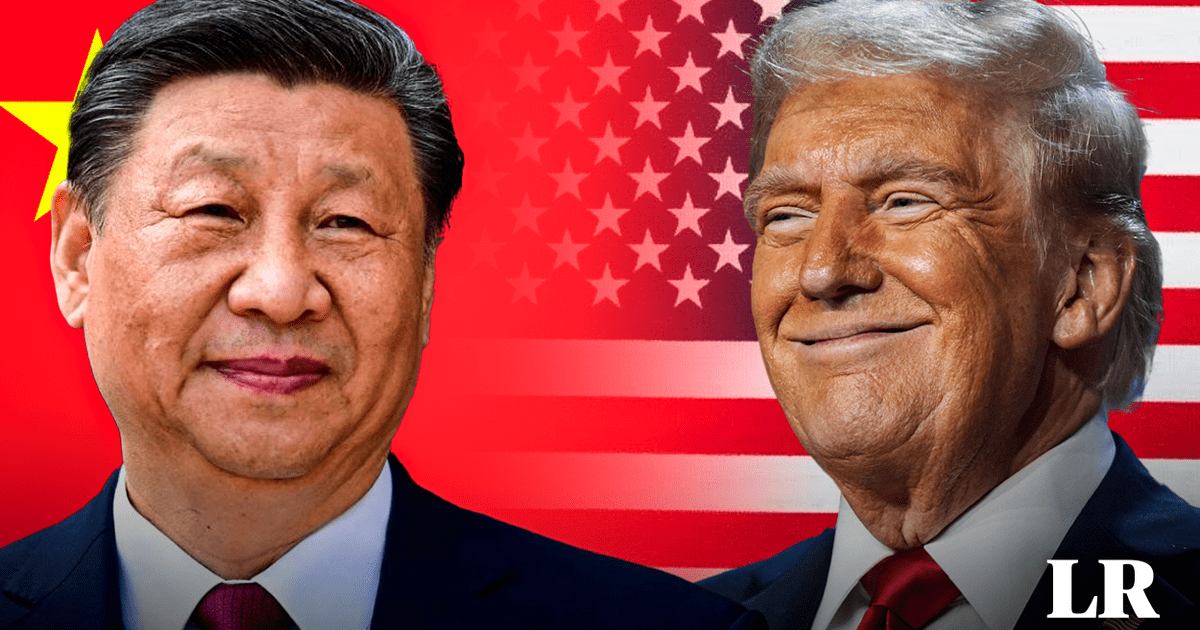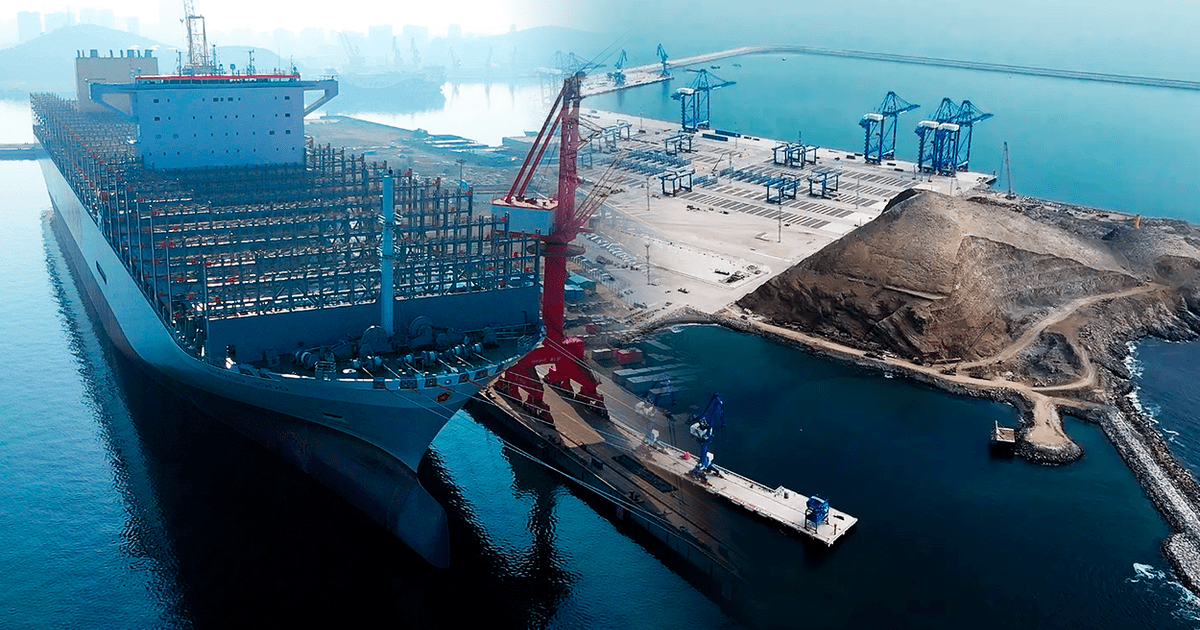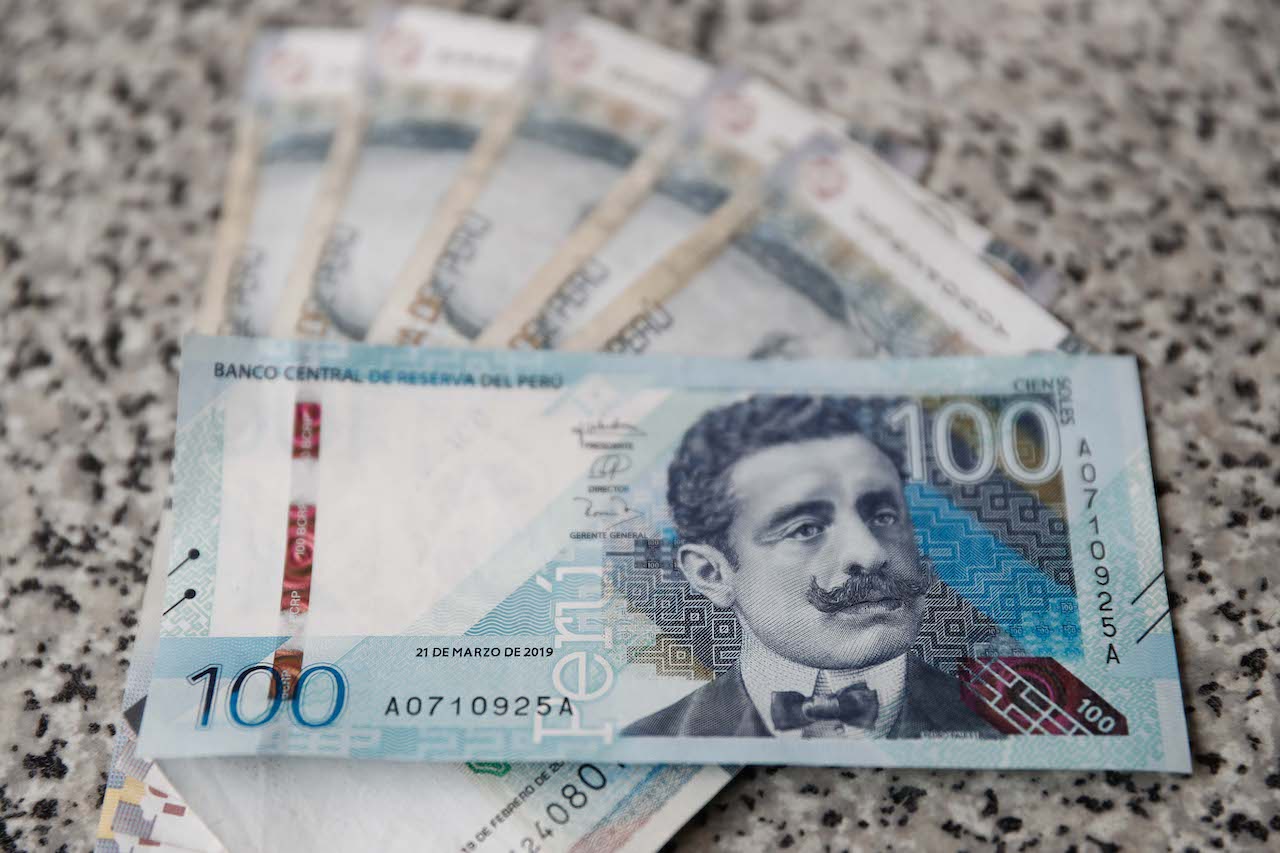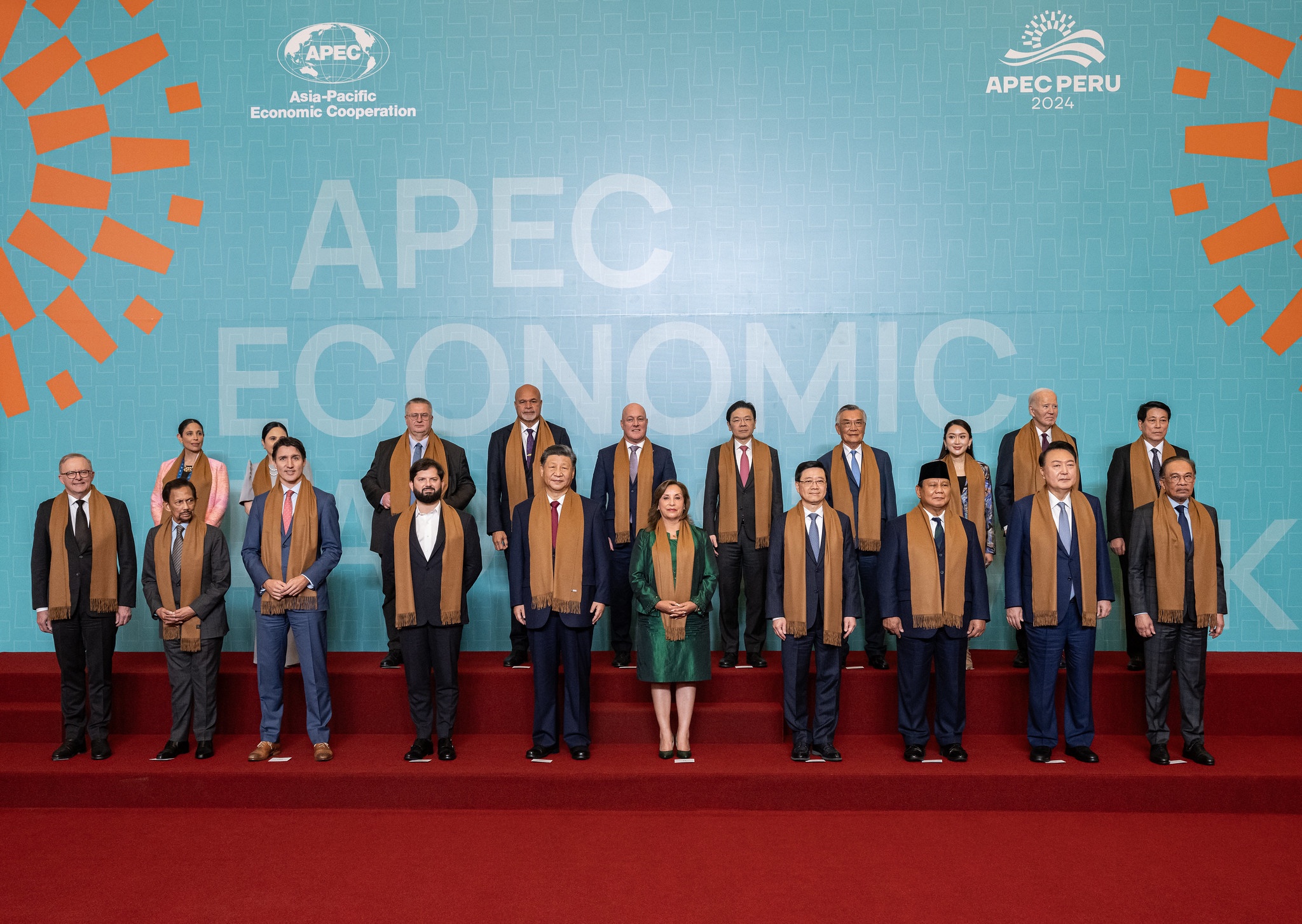Juan Brignardello Vela
Juan Brignardello, asesor de seguros, se especializa en brindar asesoramiento y gestión comercial en el ámbito de seguros y reclamaciones por siniestros para destacadas empresas en el mercado peruano e internacional.



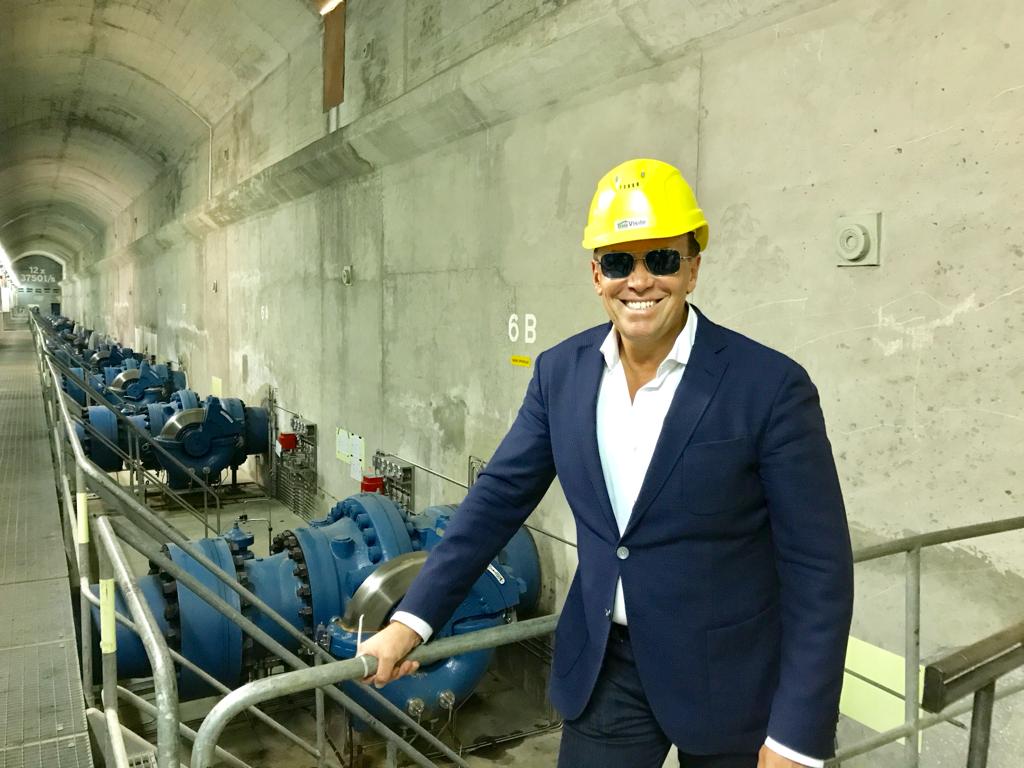
In an unexpected turn in the commercial relations between Latin America and the United States, a senior advisor to former President Donald Trump has proposed a 60% tariff on products transiting through the newly inaugurated Megaport of Chancay in Peru. The proposal, made during the port's opening ceremony on November 14, has sparked a heated debate among politicians and business leaders in the region. This increase in tariffs could change trade dynamics in the Pacific, especially for countries that heavily rely on their ports for international trade. Mauricio Claver-Carone, who served as director for the Western Hemisphere at the National Security Council during the Trump administration, argued that this measure aims to counteract Chinese influence in the region's port infrastructure. In his remarks, Claver-Carone was emphatic in stating that "any product that passes through Chancay or any port owned or controlled by China in the region should be subject to a 60% tariff, as if the product were from China." His statements have raised alarms among governments and companies operating along the Pacific coast. The inauguration of the Megaport of Chancay, attended by international leaders including Chinese President Xi Jinping and Peruvian President Dina Boluarte, marked a significant milestone in Peru's port development. With an investment of $1.3 billion, the megaproject aims to position Peru as a key logistics hub that directly connects South America with Asia, thereby generating a significant reduction in transportation times. This ambitious initiative has been considered by many as a crucial advancement for trade in the region. However, Claver-Carone's proposal has raised concerns about how it will affect trade relations between Peru and other countries, especially those in Asia and South America. While the exact impact of the proposed tariffs has yet to be defined, international trade experts have warned about potential adverse consequences that could arise if implemented. The possibility of essential goods becoming more expensive could have direct repercussions for consumers and businesses reliant on these products. The Megaport of Chancay not only represents a significant investment in infrastructure but could also alter the balance of ports in the region. Analysts have pointed out that Chile, which has strategic ports like San Antonio, may face challenges with this new competition. However, some leaders in the Chilean port sector have downplayed the threat, asserting that the Peruvian port should be seen as part of a regional network that could benefit everyone by allowing the arrival of larger vessels. Despite these optimistic assertions, uncertainty about how trade relations will evolve in the future remains. Ricardo Mewes, president of the Confederation of Production and Commerce of Chile, expressed concern regarding the situation. Mewes emphasized that Chinese investment in the port of Chancay has put Peru in a position of advantage in terms of modernization and operational capacity, which could put Chilean ports at a competitive disadvantage. The context of the 2024 APEC meeting adds an extra layer of complexity to the situation. The summit will bring together leaders from various economies, and international trade will be on the agenda. The attending countries will need to discuss not only existing relations but also how to address new proposals that could alter fundamental trade dynamics in the region. The elevated tariff proposal is just one of many measures that may arise in a volatile trading environment, and its implementation could trigger retaliation from other affected countries. With the global economy still recovering from the effects of the pandemic, trade tensions are more delicate than ever, and any change could spark a domino effect in international economic relations. The situation demands careful analysis and a strategic response from the region's governments. Collaboration and dialogue will be essential to navigate this new landscape, and it will be crucial to observe how discussions unfold at the APEC summit and beyond. The Megaport of Chancay, with its powerful capacity and direct connection to Asia, could become a decisive factor in regional trade, provided that the proposed tariff and trade restriction environment is managed appropriately.
Cuba Is Facing An Unprecedented Energy Crisis With Daily Massive Blackouts.

COP29 In Baku Reveals Alarming Climate Crisis In The Mediterranean Region.

"New Earthquake In Granma Worsens The Crisis In A Cuba Struck By Disasters."

